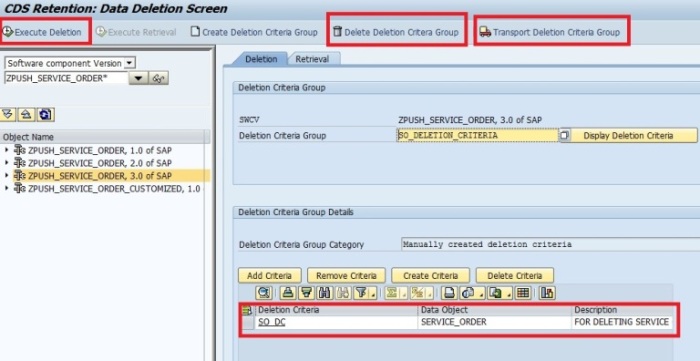The very basic requirements for any mobile application are the faster response time while retrieving or sending data and the correctness or the relevance of the data that is shown for a particular user of the application. A typical ERP system will be a container of huge amount of data accumulated over many years of running various complex business processes of the enterprise. One of the key reasons for a middleware while mobilizing any enterprise solution is to achieve these basic requirements.
Scalability of a mobile middleware is mainly dependent on two factors: efficient data staging and efficient data distribution. Over a period of time, the efficiency of data staging and distribution will be dependent on the amount of business data that have to be processed by the mobility middleware.
DOE's core capabilities include efficient data staging and data distribution that enables to have a faster access to real time data with large number of devices operational by sending only the relevant data for the user. DOE supports data storage in both hierarchical and flat structure formats and the data is kept in sync with backend with efficient push or pull mechanisms via backend adapters with various options for conflict detections in place. Distribution patterns defined for an application decides the data that have to be sent to various subscribed devices. These features are detailed out in other blogs and articles.
While data being sent to a device could be controlled via rules or dependencies and the irrelevant data could be removed from a device as well with the mentioned distribution patterns, there is high chance of large amount of data being accumulated in DOE over a period of time in the operational phase if the backend interfaces (eg. Bapi wrappers) does not handle deleting the irrelevant data explicitly thus making the interfaces complex. There were customer requirements where the data in the backend need to be kept intact for legal / audit requirements for a very long period of time. In NW Mobile 7.3, the irrelevant data that is staged in DOE could be scheduled for deletion by defining some simple deletion patterns. Such data would not be relevant to any device at that period of time and is present in DOE as well as Backend. Since the data will be present in Backend, could be brought back again to DOE whenever required. An example service order scenario is depicted in the diagram below

The option for CDS deletion & Retrieval is available with NW Mobile 7.30 where Deletion Criteria could be created for all the data objects part of an SWCV.
Deletion Criteria Group is defined for an SWCV and contains multiple deletion criteria defined for data objects in that SWCV. A deletion criteria involves the fields of a data object part of any node. An example screenshot capturing the service order scenario follows. The Deletion criteria group SO_DELETION_CRITERIA contains the deletion criteria SO_DC that defines the criteria based on the order_date falling between two dates.

A Deletion Criteria Group could be executed directly from the same screen which will delete the service orders falling in these criteria and the deletes will be propagated till the devices in case this data is present in some devices still. Already deleted data via a deletion criteria group execution could be retrieved via a retrieval option that will load the data from backend.
The deletion criteria group could be transported by locking in a transport request and the existing deletion criteria group could be deleted from the system as well. A deletion criteria group could be scheduled for execution from the transaction SDOE_BG_JOB_MONITOR.
To summarize, without such an option in middleware, the backend interfaces need to take care of removing irrelevant data after a period of time which might not be very simple given the fact of complex processes that runs in the backend. CDS deletion & retrieval provides a simple way of achieving optimum data storage without impacting the backend interfaces and thus helps in maintaining the scalability and performance of the Mobile application.
Disclaimer: This blog post is intended to provide advance information of an upcoming product release from SAP. Please refer to actual documentation / Ramp-Up Knowledge Transfer for detailed up-to-date information.
